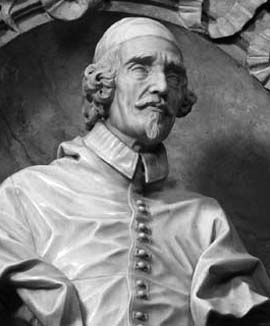Discover Your Roots
SIGN UPDiscover Your Roots
SIGN UPMichelangelo is a male name of Italian origin, derived from the combination of the Hebrew name Michael, meaning "he who resembles God," and the Greek name Angelo, meaning "messenger." The name translates to "Archangel Michael" and is commonly associated with the renowned Tuscan sculptor, architect, painter, and poet, Michelangelo Buonarroti (1475–1564). Notable individuals bearing this name include Italian painter Michelangelo Anselmi, film director Michelangelo Antonioni, and the fictional character Michelangelo from the Teenage Mutant Ninja Turtles. The name has also been borne by figures in the arts, including Italian painters and composers. Its rich history and association with creativity and artistry make Michelangelo a name of significant cultural and historical significance.

Michelangelo Rossi (Michel Angelo del Violino) (ca. 1601/1602 – 1656) was a significant Italian composer, violinist, and organist during the Baroque era. Born in Genoa, he studied under his uncle, Lelio Rossi, at the Cathedral of San Lorenzo before moving to Rome around 1624 to serve Cardinal Maurizio of Savoy. During this time, he associated with notable composers such as Sigismondo d'India and Girolamo Frescobaldi. His madrigals, known for their remarkable chromaticism, gained scholarly attention in recent years. Rossi's career saw him serving various nobles and dignitaries, composing operas, and holding positions as an organist. Although acclaimed as a violinist, none of his violin compositions have survived, and his reputation now rests on a single volume of keyboard music. His 10 Toccatas are highly regarded and are considered a significant contribution to keyboard literature, bearing stylistic similarities to the works of Carlo Gesualdo and Johann Jakob Froberger. Rossi passed away in Rome in 1656, leaving behind a musical legacy that continues to be studied and appreciated today.

Michelangelo Ricci (1619–1682) was an Italian mathematician and a Cardinal of the Roman Catholic Church. Born in Rome to a family of low social standing, he studied theology, law, and mathematics under the guidance of renowned scholars such as Benedetto Castelli and Galileo Galilei. Despite suffering from epilepsy, Ricci's influential position in the Roman Catholic Church allowed him to protect his friends and fellow scientists during controversies. He played a significant role in the theoretical debates and experiments that led to Torricelli's discovery of atmospheric pressure and the invention of the mercury barometer. Ricci's mathematical work, including his treatise "Exercitatio geometrica, de maximis et minimis" (1666), was highly regarded by his contemporaries. He also contributed to the study of spirals, cycloids, optics, and the magnifying effect of lenses. Ricci's correspondence with prominent figures such as Torricelli, Vincenzo Viviani, and René de Sluze, as well as his support of scientific publications, further solidified his legacy in the scientific community. He passed away in Rome at the age of 63, leaving behind a significant impact on the world of mathematics and science.



All images displayed on this page are sourced from Wikipedia or Wikimedia Commons.We use these images under their respective Creative Commons or public domain licenses. Wherever applicable, author attributions and license information are provided. If you believe an image is used incorrectly or outside its license terms, please contact us so that we can review and correct the issue.